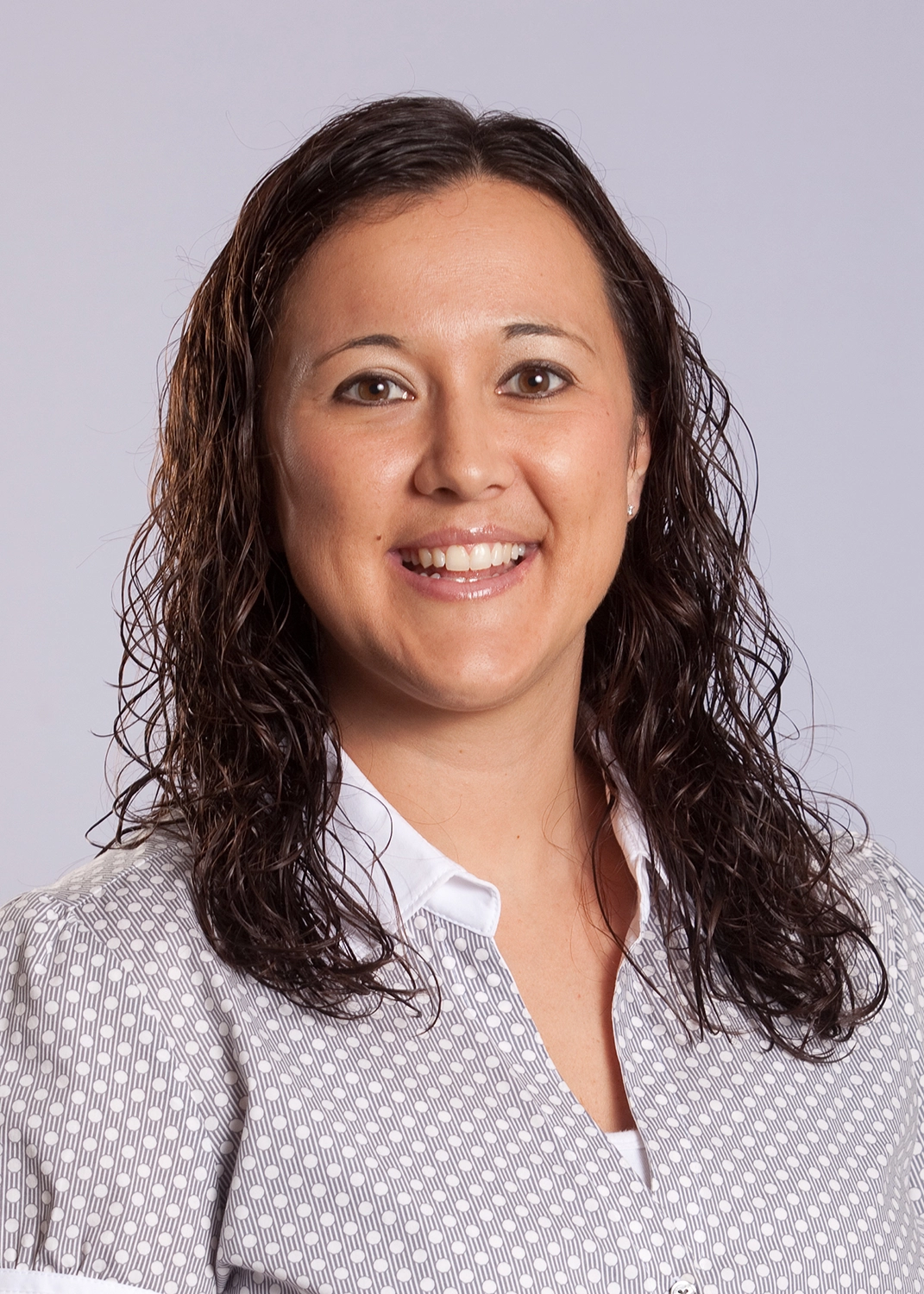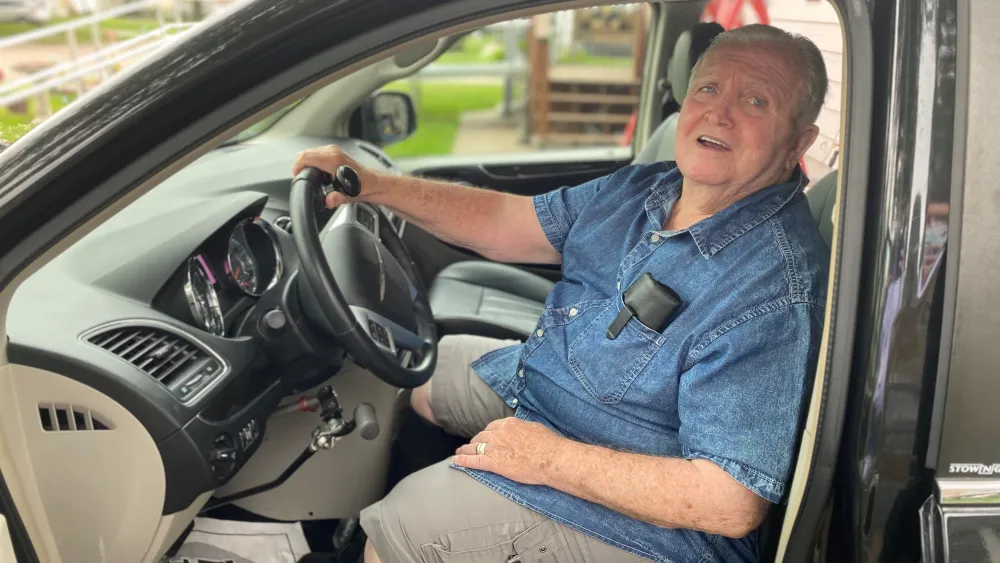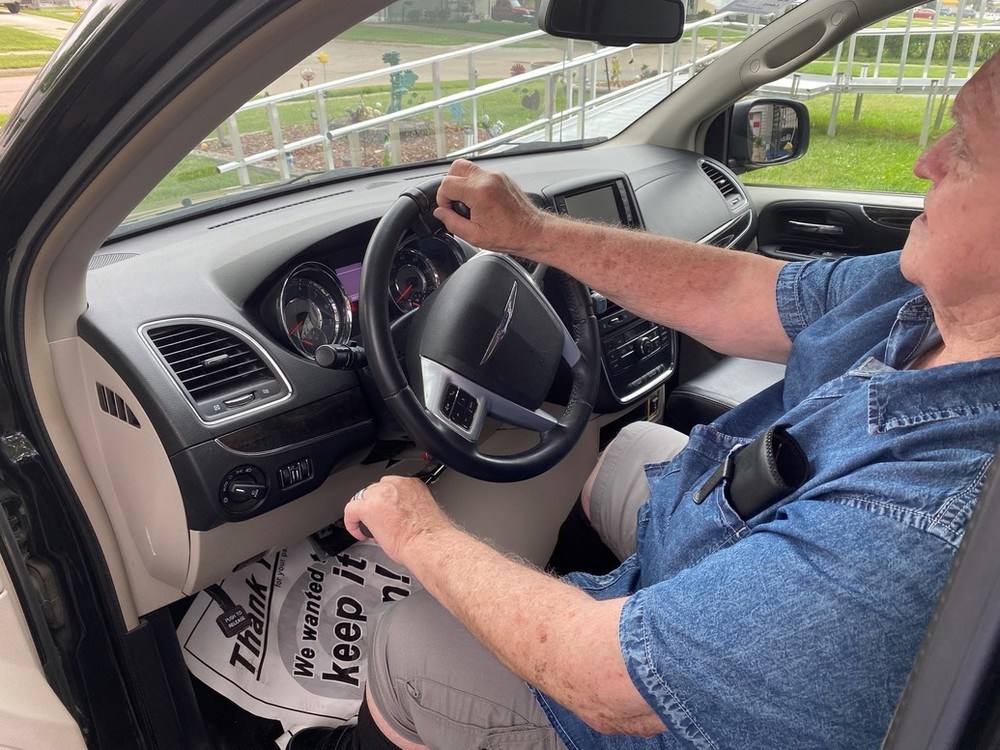





Today's Medicine
Army Veteran Behind the Wheel Again Thanks to Methodist Hospital Driver Rehabilitation Program
Published: Aug. 5, 2021

On June 23, Paul Eubanks got behind the wheel and drove across town for the first time in over a year.
Paul, who has lost feeling in his legs because of neuropathy, had recently purchased a van equipped with hand controls to help him drive and plenty of space to stow his mobility scooter. His first order of business was driving home, but he had bigger plans: Later that day, he would drive to his 9-year-old grandson’s birthday celebration.
It’s just the sort of thing Paul had in mind when he contacted the Driver Rehabilitation Program at Methodist Hospital.
“It was a big worry off of me,” he said. “It makes a person feel more independent.”

Helping Drivers With Various Challenges
The Methodist Hospital Driver Rehabilitation Program offers a specialized evaluation, driver training and vehicle modification recommendations to put individuals in the driver’s seat and help current drivers determine if continued driving is appropriate.
The program’s three driver rehabilitation specialists work with new and seasoned drivers who may experience:
- ADD/ADHD
- Aging
- Anxiety
- Arthritis
- Cardiovascular disease
- Cognitive impairment
- Developmental disorders
- Limb amputation
- Other physical or orthopedic impairment
- Stroke or other neurological conditions
- Vision impairment
The process begins with a clinical evaluation to identify and assess a driver’s physical, cognitive, perceptual and visual abilities. A behind-the-wheel evaluation follows to assess driving skills and safety, with adaptive equipment, if needed, to aid a driver. If a driver specialist recommends the permanent use of such equipment, additional training is available before they write a prescription for the driver to fill through an equipment dealer.
“A lot of people think, ‘I just can’t drive,’” said Kelina Moore, OTD, OTR/L, CDRS, CDI, a certified driver rehabilitation specialist and a certified driver instructor. “No, you can. You just need to learn how to do it in a different way.”
Determined To Remain Independent
Drivers can be referred to the program by a primary care provider or specialist, but in Paul’s case, he picked up the phone himself.
Paul’s body had taken a beating over the years. First, the former Army paratrooper injured a leg while in jump school. After leaving the service in the 1960s, he spent decades on his hands and knees servicing HVAC systems and major appliances – first for Montgomery Ward and then as owner of his own company. He injured his other knee playing softball.
Paul had one knee replaced with help from the U.S. Department of Veterans Affairs (VA) and has been receiving shots in the other to manage pain. Then last fall, he became sick with COVID-19, which left the lower half of his legs numb. When his wife, Jackie, injured her back in March and temporarily couldn’t drive, Paul decided to act. After learning he needed a prescription for adaptive driving equipment, he called the Driver Rehabilitation Program.
“He was definitely ready and motivated,” Moore said. “He was determined to remain the primary driver of his household and keep him and his wife as independent as he could.”

Personalized Assessment and Training
Paul met with Moore at the hospital this spring for the initial evaluations. They quickly identified a simple push-pull hand control for braking and acceleration. Moore paired it with a knob to aid his steering.
Then, twice a week for three weeks, Moore took a Methodist-owned rehabilitation vehicle with those controls to Paul’s home for one-hour practice sessions. The goal was to have him practice using the equipment on familiar residential streets, busier roads he is used to and eventually the interstate.
“That takes away the anxiety of, ‘Where am I? Where does she want me to go? What roads am I going to be on?’ Moore said. “They can focus more on the adaptive equipment piece and less on being in an unfamiliar area.”
Moore always meets drivers at their homes to ease their transition to adaptive equipment, but the gesture was extra special for Paul.
“That she came to the house to meet me – that meant the world to me,” he said. “My wife’s back was hurt. We couldn’t drive.”
After five sessions, Moore determined that Paul was ready to drive on his own and wrote him a prescription for his own equipment.
“The Most Rewarding Feeling”
Moore said she never tires of making a difference for clients like Paul through the Driver Rehabilitation Program.
“It’s the most rewarding feeling,” she said. “To give him back that independence, teach him how to drive with hand controls and give him the confidence he needs – that’s amazing. I just love it.”
As Paul waited for details of his new van to be finalized, he started making plans. The former church deacon wanted to start attending services in person again, visit friends in area nursing homes, take longer trips to the Black Hills or see family in California. And, of course, drive to his grandson’s birthday on his own.
The Driver Rehabilitation Program gave him back options many people take for granted.
“It was a wonderful experience, and I’m going to really use it,” Paul said. “It’s going to make my life so much better because I’m going to be able to get out and go when I want to go.”
More Resources
- Watch WOWT-TV's interview with Paul Eubanks about his experience.
- Learn more about the Methodist Hospital Driver Rehabilitation Program.
- See how aquatic therapy is helping Methodist patients.
- Read more inspiring stories about Methodist patients and staff members.


